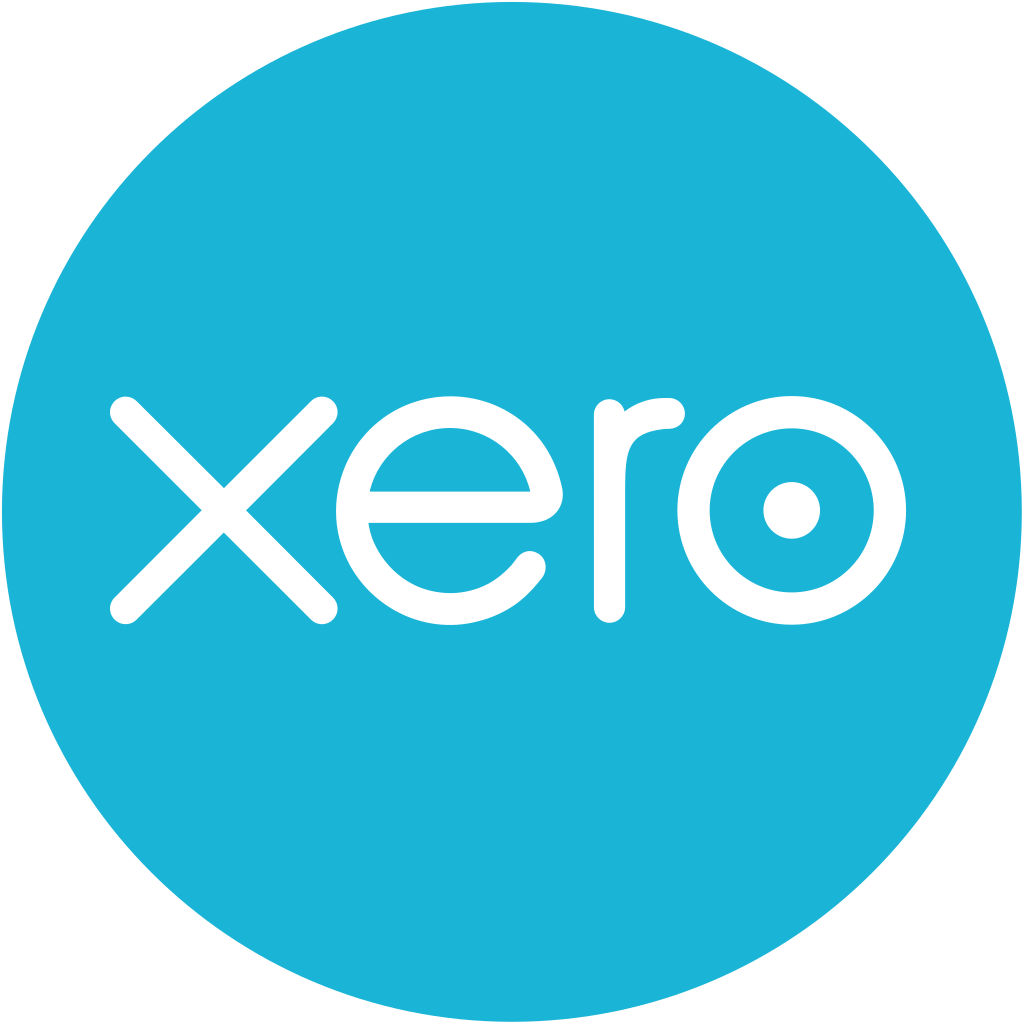Budgeting Strategies for Small Business Growth
Budgeting Strategies for Small Business Growth
Effective budgeting is crucial for the sustainable growth of any small business. It allows businesses to manage their cash flow, make informed financial decisions, and allocate resources efficiently. This document outlines key budgeting strategies that can help small businesses achieve their growth objectives.
1. Understanding Your Current Financial Standing
Before implementing any budgeting strategies, it's essential to have a clear picture of your current financial health.
- Analyse Historical Data: Review past financial statements, including income statements, balance sheets, and cash flow statements, to identify trends and patterns in revenue and expenses.
- Identify Fixed and Variable Costs: Categorise your expenses into fixed costs (e.g., rent, salaries) and variable costs (e.g., raw materials, marketing spend). This distinction is vital for accurate forecasting.
- Assess Revenue Streams: Understand where your revenue comes from and the stability of each source.
2. Developing a Comprehensive Budget
A well-structured budget serves as a roadmap for your financial journey.
- Zero-Based Budgeting: This method requires justifying every expense for each new budget period, regardless of whether it was previously approved. It encourages efficiency and cost-cutting.
- Incremental Budgeting: This approach uses the previous period's budget as a baseline and adjusts it based on anticipated changes in revenue and expenses. It's simpler but may not encourage thorough review of all costs.
- Activity-Based Budgeting: Link expenses to specific activities or outputs. This helps in understanding the true cost of producing goods or services.
- Rolling Budgets: Instead of a fixed annual budget, a rolling budget continuously updates for a set period (e.g., 12 months), adding a new month as each month passes. This offers more flexibility and responsiveness to market changes.
3. Implementing and Monitoring Your Budget
Creating a budget is only the first step; consistent implementation and monitoring are critical for success.
- Regular Review Meetings: Schedule regular meetings to review budget performance against actuals. This can be weekly or monthly, depending on the business's needs.
- Use Budgeting Software: Leverage accounting software or specialised budgeting tools to automate tracking and reporting, reducing manual errors and saving time.
- Cash Flow Forecasting: Develop accurate cash flow forecasts to anticipate periods of surplus or deficit. This allows for proactive planning and management of working capital.
- Variance Analysis: Investigate significant deviations between budgeted and actual figures. Understand the reasons for these variances and take corrective actions.
- Contingency Planning: Always allocate a portion of your budget for unexpected expenses or emergencies. A contingency fund provides a buffer against unforeseen challenges.
4. Budgeting for Growth Initiatives
To fuel growth, your budget should strategically allocate funds to key areas.
- Marketing and Sales: Invest in effective marketing campaigns and sales initiatives to expand your customer base and increase revenue.
- Technology and Innovation: Allocate funds for upgrading technology, investing in new software, or exploring innovative solutions that can enhance efficiency and competitiveness.
- Employee Development: Invest in training and development programs for your employees to improve productivity and foster a skilled workforce.
- Research and Development (R&D): For businesses reliant on new products or services, budgeting for R&D is crucial to stay ahead of the competition.
- Expansion Opportunities: If expansion is a goal, ensure your budget accounts for the costs associated with new premises, equipment, or market entry.
5. Key Performance Indicators (KPIs) for Budget Monitoring
Use KPIs to measure the effectiveness of your budgeting strategies and overall financial health. Eg:
Gross Profit Margin
(Revenue - Cost of Goods Sold) / Revenue. Indicates profitability of core operations.
Net Profit Margin
Net Income / Revenue. Shows overall profitability after all expenses.
Operating Expense Ratio
Operating Expenses / Revenue. Measures efficiency in managing operating costs.
Cash Conversion Cycle
Days Inventory Outstanding + Days Sales Outstanding - Days Payable Outstanding. Indicates efficiency in converting investments into cash.
Return on Investment (ROI)
(Gain from Investment - Cost of Investment) / Cost of Investment. Measures the profitability of investments.
newsletter here!
Share This Post





